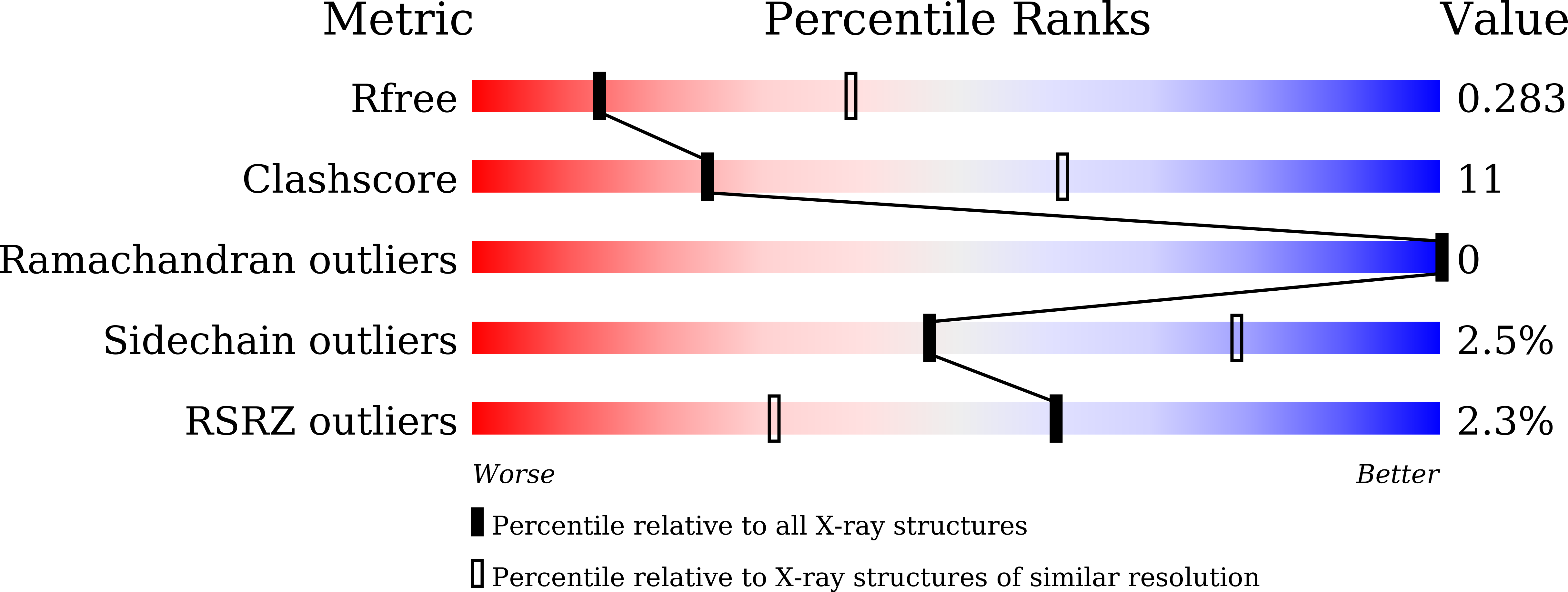
Deposition Date
2023-03-22
Release Date
2024-03-27
Last Version Date
2024-05-08
Entry Detail
PDB ID:
8ITP
Keywords:
Title:
Crystal structure of USP47 catalytic domain complex with ubiquitin
Biological Source:
Source Organism:
Homo sapiens (Taxon ID: 9606)
Caenorhabditis elegans (Taxon ID: 6239)
Caenorhabditis elegans (Taxon ID: 6239)
Host Organism:
Method Details:
Experimental Method:
Resolution:
3.00 Å
R-Value Free:
0.28
R-Value Work:
0.24
R-Value Observed:
0.25
Space Group:
P 21 21 21


